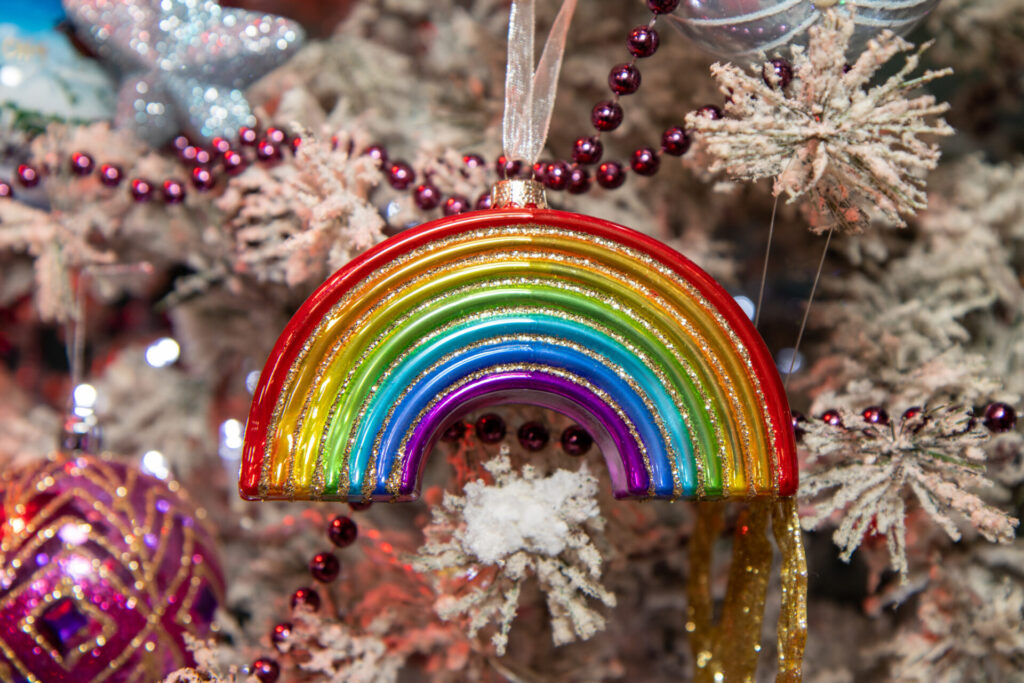Rain does not stop the fun!,” says Lisa Horn, girls’ camp director of Ontario Pioneer Camp, a residential camp for kids age five and up in Muskoka, Ontario’s cottage country. “Last summer in particular we had quite a few rain days and one of my best memories was an impromptu parade. Everyone was invited to help bring out the sun by dressing in yellow, bringing whatever yellow noise makers they could find and singing as many songs they could think of that had the word sunshine in them as they paraded around the camp. ‘You Are My Sunshine’ was particularly popular. The kids were hilarious. Yellow streamers adorned floor hockey sticks – the fun was contagious. Everyone was singing and dancing and being yellow. The parade ended on the swim docks and suddenly a huge ray of sunshine came out, landing on them on the dock.”
In fact, there are plenty of outdoor activities that are just as much fun – if not more so – in the rain, says Kate Stevenson, who focusses on five- to 10-year-olds at Ontario Pioneer Camp. Kids love to see what’s out and about in the rain and get their hands dirty. “As long as there is no thunder and lightning and everyone is dressed appropriately in rain boots and rain coat – we will stay out for as long as possible. We encourage splashing and jumping in puddles.” Kate also encourages getting in touch with nature and bringing out your inner scientist. Here are a few outdoor rainy day activities for all ages that you can adapt to your back yard and neighbourhood.
WATCH ANIMALS IN THE RAIN
Which animals like the rain? Which don’t? Which animals seem to be out and about when it’s raining? “The rain offers a great opportunity to learn about animals,” says Kate. “For example, I immediately think of frogs, frogs and more frogs. Kids love catching frogs at camp. And frogs love the rain.” So do slugs and worms. Salamander hunting, anyone? Nothing beats rooting through mushy leaves and rotten logs searching for those amphibians. “On the plus side they are extra frisky when it’s raining or wet outside.” Kate also suggests hunting for worms and if you have a lake, creek or pond near by, going fishing. “When the lake is calm, the fish will jump!” Put together a rainy day kit with a magnifying glass, small net, jars with holes for catching worms and bugs and pails for frogs. Shovels are a must.
 WEAR THE RIGHT GEAR
WEAR THE RIGHT GEAR
The key to enjoying the rain is comfortable clothing that will keep you dry. Waterproof rain jackets are a must. Zippered pockets and elastic cuffs will help keep water out. When it comes to rain boots, opt for rubber soles and handles to help with dressing. Since rain boots are not designed to be warm, look for a pair with a lining or make sure there is room for an extra pair of socks. And don’t forget rain pants, the unsung heroes of rainy day weather. They pick up where rain jackets leave off and protect little legs from getting wet and cold.
BUILD A SHELTER
If you were an animal and needed shelter from the rain, where would the driest place be? The rain provides a great opportunity to talk about how animals are designed to stay warm and the types of shelters they need to stay protected from both weather and predators. “Play an animal version of hide and seek,” says Kate. “Have your kids pretend they are an animal who needs shelter from the rain, so they need to find the driest place. After everyone is caught, talk about how it might be difficult for animals of different sizes to find shelter in a rainstorm. You also could try to build a shelter that effectively protects you from the rain.” At Ontario Pioneer Camp, for example, they build lean-tos out of fallen branches with a rooftop cover of leaves.
If you are in an urban area, you can have the same discussion but use materials you have at home. For example, you can build a stick fort in your yard by taking straight long branches or hockey sticks or brooms and leaning them against the fence, a large tree with a split or even the side of the house. Tie down any loose pieces. Smaller branches or sticks can lean up against the bigger branches. Above all, let the kids be creative, says Shannon Wilson, outdoor education centre director at Camp Summit in Squamish, B.C. “If there are things you don’t mind getting wet, such as outdoor toys that can be barricades for their fort, or things from your garage, let them use their imaginations.”
EXPLORE THE WONDERFUL WORLD OF MUD
What can mud be used for? Elephants and pigs roll in it and take mud paths to keep cool. Some people put mud in brick forms and when they harden, use them to build. Some birds use mud to keep their nests insulated and strong. Take a nature walk and look for different ways animals in your surroundings use mud. How far does the rain seep into the earth? Get a twig or stick and pick at the ground with it. Is it dry or wet? What type of soil is it? Try sketching or writing on the pavement in mud. Shannon recommends making Magic Mud, also known as “ooblik”. When you play with it in your hand it becomes gooey and malleable and when it hits the pie plate again it becomes hard. It’s a magical liquid and solid at the same time.
 MAGIC MUD
MAGIC MUD
You’ll need:
- a tinfoil pie plate
- 1 cup of corn starch
- ¾ cup of water
Stir it around until the cornstarch is mixed in with the water. If it’s super dry then add a little more water.
BECOME A WATER SCIENTIST
“The great thing about science activities in the rain is that clean-up
is so much easier,” says Shannon. One of her favourite science
activities is making mini rockets. Fill a small plastic canister to its
mid point with vinegar. Put baking soda into a small piece of paper
towel folding it into a packet. Drop the packet into the vinegar. Put
the lid on. Give it a shake and turn it upside down. The combination of
the baking soda and vinegar will expand and cause the film canister to
shoot up in the air. Get the kids to make predictions about how much
water will fall between breakfast and dinner at different locations
around your home. Then have them place buckets and cylindrical cans
around your home – beside your house, under some trees, in an open
space. Have them measure the water in each container with a ruler at
preset times. Then discuss all the possible uses for rain water. “This
can lead into a conversation about water conservation,” says Kate. If it
has just rained really hard, have your rain scientist race floaty
things – think toys and paper boats – down streams to see what goes
faster and why. Consider it a basic lesson about fluid mechanics. And
why not find out where the water goes? Follow the stream to its final
destination – a puddle, a storm drain, a bigger stream. This can take
you to a mini exploration of your neighbourhood.
What’s a rainy day
without puddle jumping? Kick it up a notch and perfect your form. Says
Kate, “Our campers like to experiment to find the ideal puddle jumping
technique to maximize outward splash and minimize the upward splash.”
CREATE ART IN THE RAIN
Have
a photography class in the rain. “Kids love taking pictures,” says
Kate. Use an inexpensive, waterproof camera and go for a nature walk.
Take note of how the colours change with the rain. See how the raindrops
stay on the leaves and zoom in for a close-up photo. If it’s not too
windy or raining too hard, set up kid-sized easels under giant umbrellas
and paint the clouds.
Published June 2010














